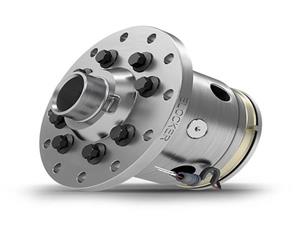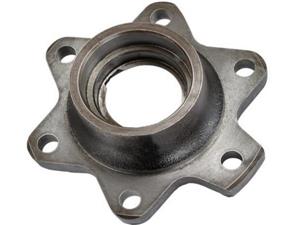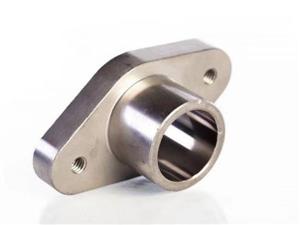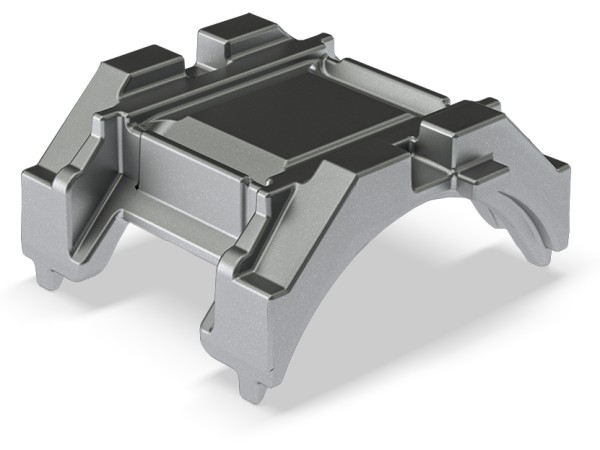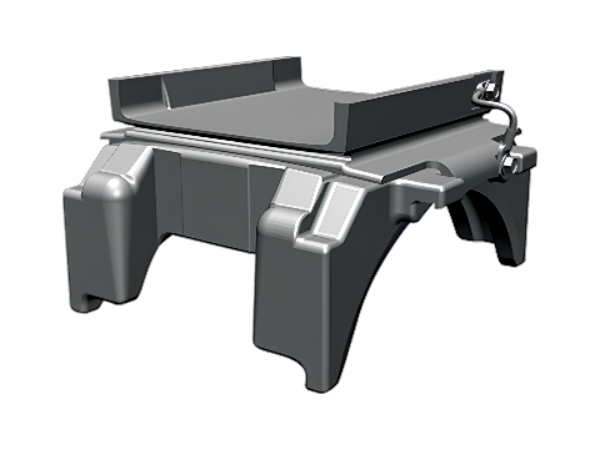Principles for selection of casting methods
1.Sand casting is preferred
According to statistics, in China or internationally, 60 to 70% of all castings are produced using sand molds, and about 70% of them are produced using clay sand molds. The main reason is that sand casting has lower cost, simpler production process, and shorter production cycle compared to other casting methods.
Generally speaking, for medium and large castings, iron castings can be produced using resin self hardening sand molds, and steel castings can be produced using water glass sand molds. Castings with accurate dimensions and smooth surfaces can be obtained, but the cost is high.
Of course, sand casting often produces poor castings in terms of accuracy, surface finish, material density, metallographic structure, and mechanical properties. Therefore, when these performance requirements for castings are higher, other casting methods should be used.
2. The casting method should be suitable for the production batch
For example, sand casting, factories that produce in large quantities should create conditions to adopt technologically advanced modeling and core making methods. The production line of the old shock or shock press molding machine is not sufficiently productive, the labor intensity of the workers is high, and the noise is high, which is not suitable for the requirements of mass production. Therefore, it should be gradually transformed. For small castings, the production line of horizontal or vertical parting box less high pressure molding machine can be used, with high production efficiency and small floor space for full mold molding; For medium parts, various production lines with box high-pressure molding machines and air impact molding lines can be selected to meet the requirements of fast and high-precision molding production lines.
Resin self hardening sand molding and core making can be considered for large castings in medium batches.
For heavy castings produced in small batches, manual molding is still an important method. Manual molding can adapt to various complex requirements and is relatively flexible, without requiring many process equipment. Mass production or long-term production of shaped products using multi box modeling, split box modeling method is more suitable. Although the initial investment in molds, sand boxes, etc. is high, it can be compensated for saving molding time and improving product quality.
Low pressure casting, die casting, centrifugal casting, and other casting methods are only suitable for mass production due to the high cost of equipment and molds.
3. The modeling method should be suitable for the factory conditions
For example, when producing castings such as large-sized machine tool beds, the core assembly molding method is generally used instead of making patterns and sand boxes, and the core is assembled in the pit; Other factories use the sand box molding method to produce patterns. Different enterprises have different production conditions (including equipment, site, employee quality, etc.), production habits, and accumulated experience. Based on these conditions, it is necessary to consider what products are suitable for production and what products are not suitable for production.
4. Considering the accuracy requirements and cost of castings
The casting accuracy obtained by various casting methods is different, the initial investment and productivity are also different, and the final economic benefits are also different. Therefore, in order to achieve more, faster, better, and more economical, it is necessary to take into account all aspects. A preliminary cost estimate should be made for the selected casting method to determine a casting method that has high economic benefits and can meet casting requirements.

